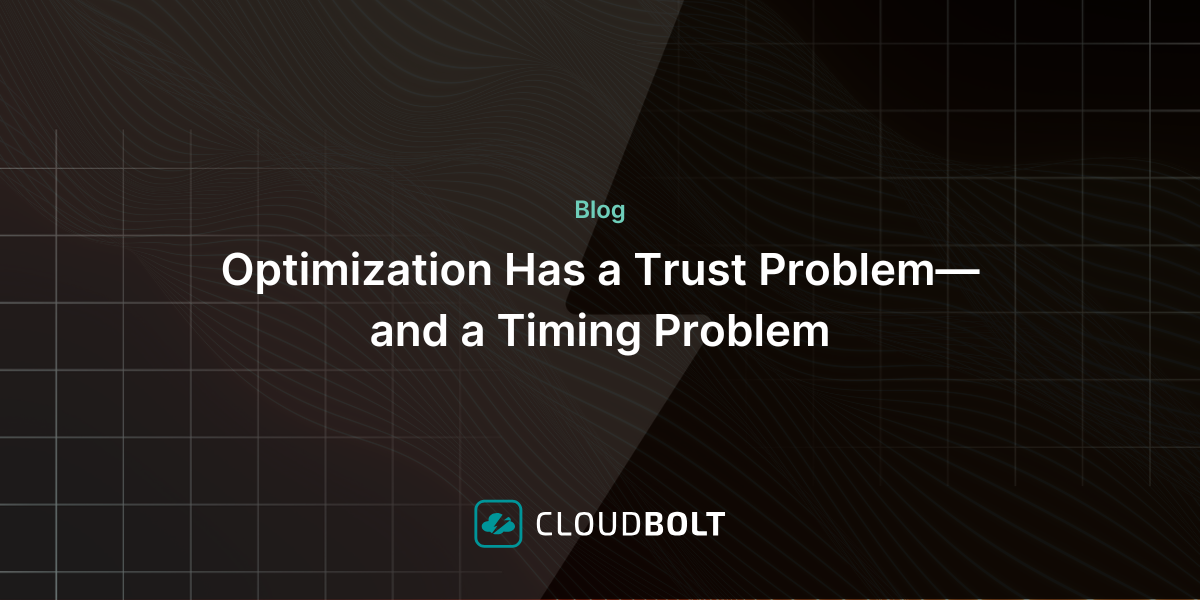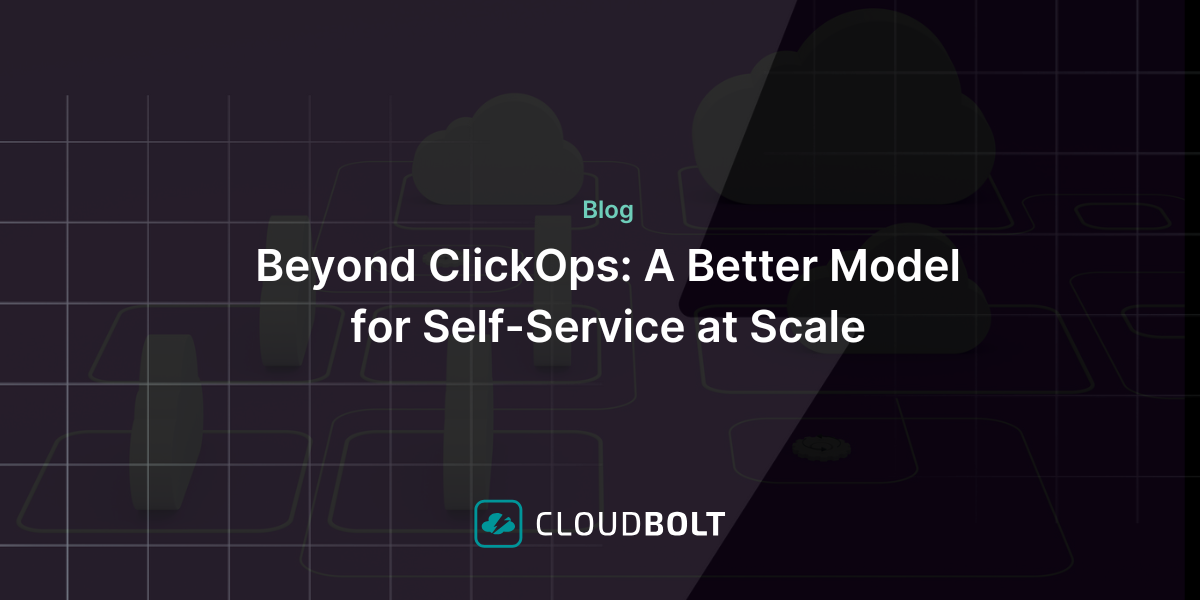AWS Disaster Recovery Use Cases: How Costs Pile Up
Preventing unforeseeable disasters that cause business outages and product loss is one of the most significant challenges for IT experts today. The AWS Disaster Recovery Plan (DRP) helps you store and restore data to minimize disasters that may cause loss of infrastructure, plans, and data. While there are many DR strategy initiatives in the market, AWS offers several service options within its own ecosystem that ensure business continuity.
These are the top 10 DR use cases and AWS solutions:
- DR for applications hosted in AWS: AWS Regions, Availability Zones
- DR for applications hosted outside of AWS: DataSync, AWS Import/Export
- Data Backup and Restore: AWS BackUp, AWS Import/Export, EBS
- Business Continuity Planning (BCP): Amazon WorkSpaces, AWS BackUp, CloudEndure, S3
- Data Lakes and Analytics: Data Movement, Data Lake, Analytics, Machine Learning
- Infrastructure Modernization: Server Migration Service, RDS, Elastic Beanstalk
- Data Archive: S3 Storage Classes, Storage Gateway, Snow Family, DataSync, Glacier
- Data Migration and Transfer: Application Discovery Service, DataSync, Database Migration Service, Server Migration Service,
- Data Replication: RDS, DynamoDB, S3, EC2, EC2 VM Import Connector, CloudFormation
- Data Protection: Direct Connect, VPC, Elastic Load Balancing, Route 53
There are two main measurements to consider when developing a disaster recovery plan:
- Recovery Point Objective (RPO): defines the acceptable maximum time interval (representing potential data loss) between creating recovery points.
- Recovery Time Objective (RTO): defines the acceptable maximum delay between the interruption and restoration of service.
AWS DR options can have an adverse impact on our overall public cloud costs. To learn more about it, check out this article in our brand-new Guide to AWS Cost Optimization.
See our AWS cost optimization tools in action. Request a demo today.
Related Blogs

Optimization Has a Trust Problem — and a Timing Problem
Most teams will tell you they’re doing continuous optimization. Their dashboards are full, their alerts are wired, and somewhere there’s…

